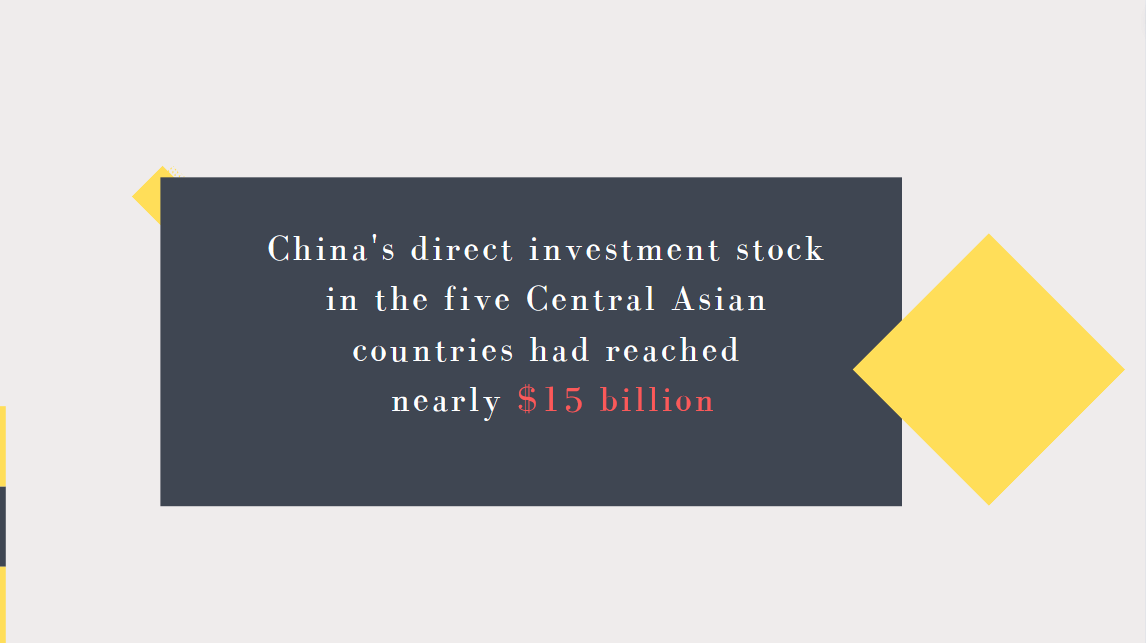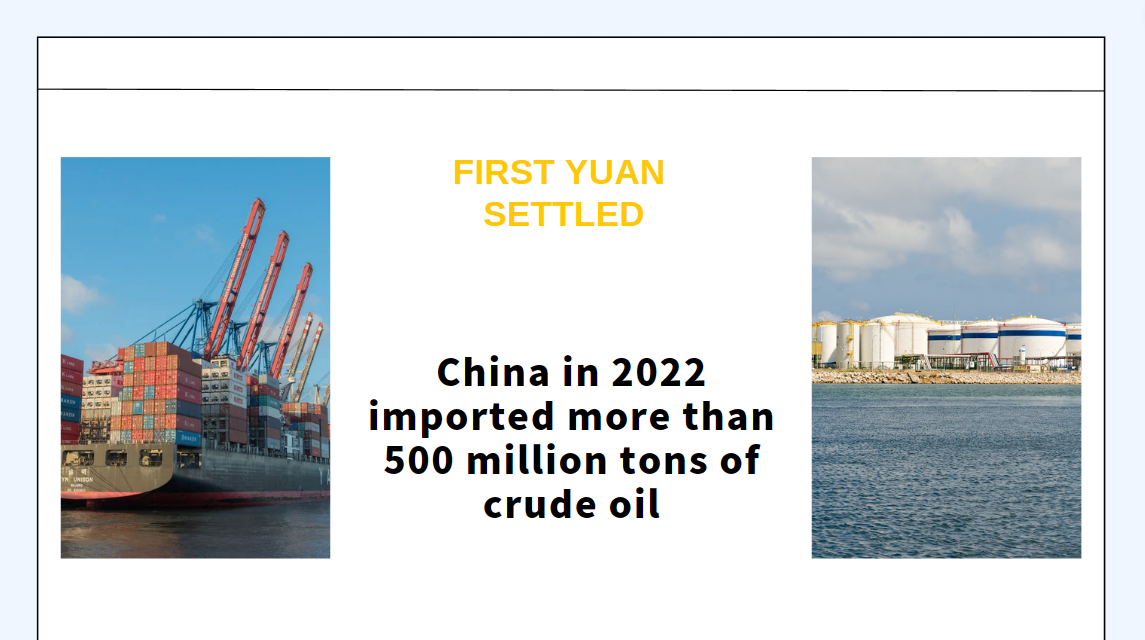Major foreign trade provinces' exports grow from Jan-Apr, structure improves
Six major foreign trade provinces in China, including South China's Guangdong Province and Shanghai, have reported export growth in the first four months, with an improved structure.
Experts said their strong competitiveness and continuous industrial upgrading helped overcome the negative impact of external uncertainties, and they predicted that China's foreign trade will continue to rebound for the remainder of the year.
Guangdong, as well as East China's Jiangsu, Zhejiang and Shandong provinces, along with Shanghai and Beijing have reported their foreign trade statistics for the first four months. According to data released by local customs offices, foreign trade in each region exceeded 1 trillion yuan ($140 billion), with Guangdong hitting 2.52 trillion yuan.
Accounting for nearly 70 percent of China's total, the six provinces posted foreign trade growth rates higher than the national average of 5.8 percent over the period.
"The scale in major trade provinces maintained stable growth despite mounting external uncertainties, and this underscores the resilience and international competitiveness of the trade sector in the developed provinces. It's the result of their continuous manufacturing transformation and upgrading," Bai Ming, a research fellow at the Chinese Academy of International Trade and Economic Cooperation in Beijing, told the Global Times on Tuesday.
Total trade grew 5.8 percent year-on-year in the first four months of 2023, official data showed.
"The rebound of foreign trade in the first four months exceeded expectations, but this notable growth was not accidental," Tu Xinquan, dean of the China Institute for WTO Studies at the University of International Business and Economics in Beijing, told the Global Times. He attributed the rapid growth of foreign trade mainly to constant upgrading of the industrial structure over the past three years.
According to data released by the major trade provinces, private enterprises have played a larger role in driving up foreign trade. For example, private firms' total trade in Guangdong reached 1.53 trillion yuan in the first four months of the year, accounting for 60.5 percent of the province's total, official data showed.
In addition, the exports of the "new big three pillars" - electric vehicles, lithium-ion batteries and solar cells - posted remarkable performances over the period. Shanghai saw its exports in these sectors rise by as much as 274 percent year-on-year, according to data released by Shanghai customs.
"The optimized structure reflects improved self-reliance in China's foreign trade sector, as export-oriented companies increasingly rely on self-owned brands, home-developed technologies and independent supply chains," Tu said.
Bai said that the country's foreign trade sector still faces pressure in 2023, noting that policy support is needed to stabilize foreign trade scale and help solve the problems of exporters, for example, difficulty in attending exhibitions overseas and rising operation cost.
Acknowledging that the nation's exporters face challenges including uncertain external demand and trade risks, Chinese Vice Commerce Minister Wang Shouwen said at a press conference on April 23 that the ministry will extensively resume domestic on-site exhibitions and promote the resumption of international passenger flights.
A State Council meeting held on April 7 stated that a policy mix will be implemented to maintain the stability of foreign trade, and to help enterprises secure orders and expand the market.
China will find ways to stabilize exports to developed economies and guide companies to continue exploring markets in developing countries, as well as regional markets such as the Association of Southeast Asian Nations, according to the meeting.
"While challenges persist, China's foreign trade will continue to rebound in 2023 on the back of the country's high international competitiveness and strong growth momentum following the adjustment of COVID-19 measures," Tu said.
He said there is no need to worry about the shift of labor-intensive enterprises that make low-end products to countries like Vietnam, as it's a result of China's industrial upgrading. "Who could have imagined that China would be the world's largest car exporter? It shows that China's gradual industrial upgrading is yielding results," he said.




















































First, please LoginComment After ~